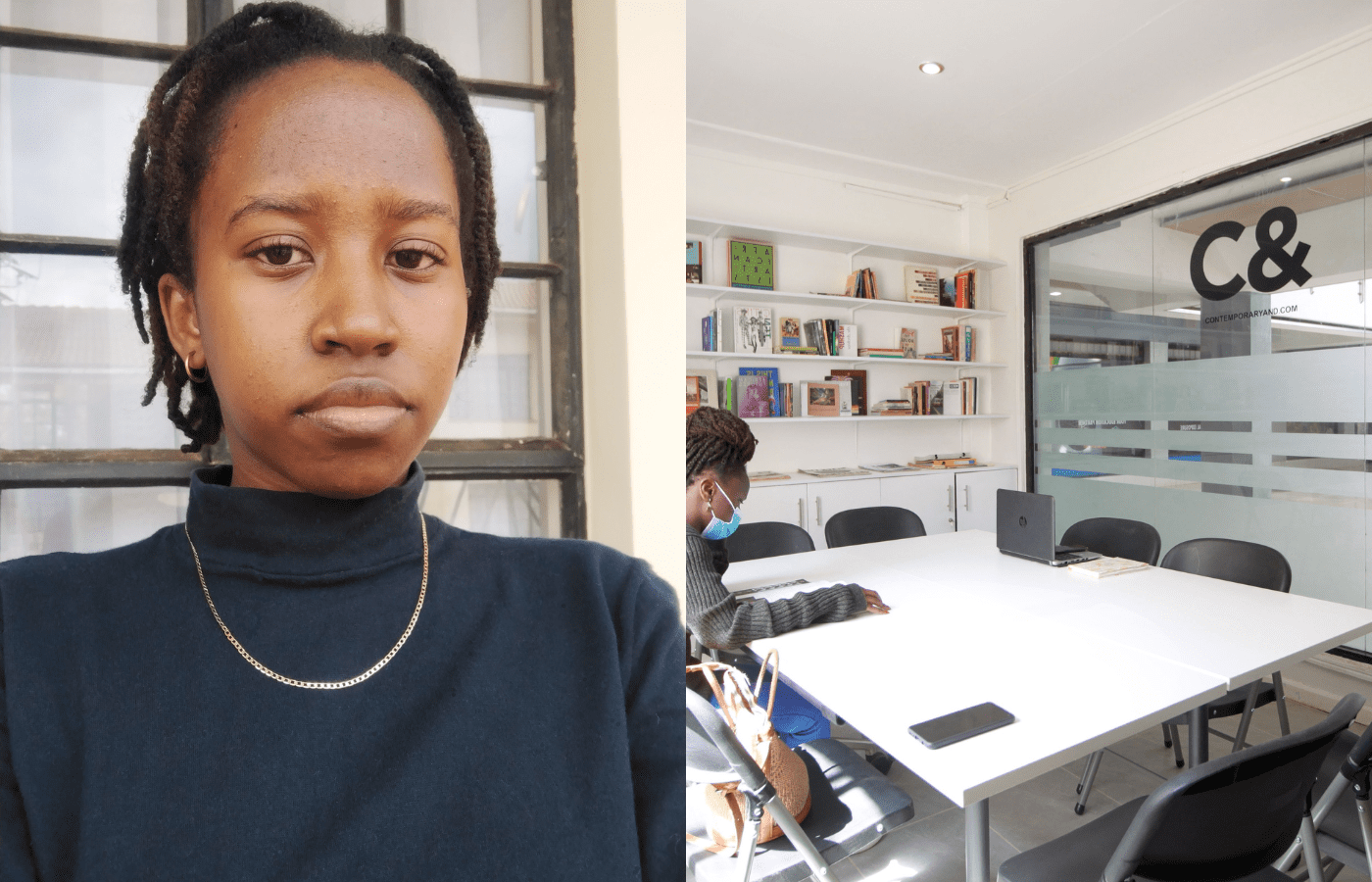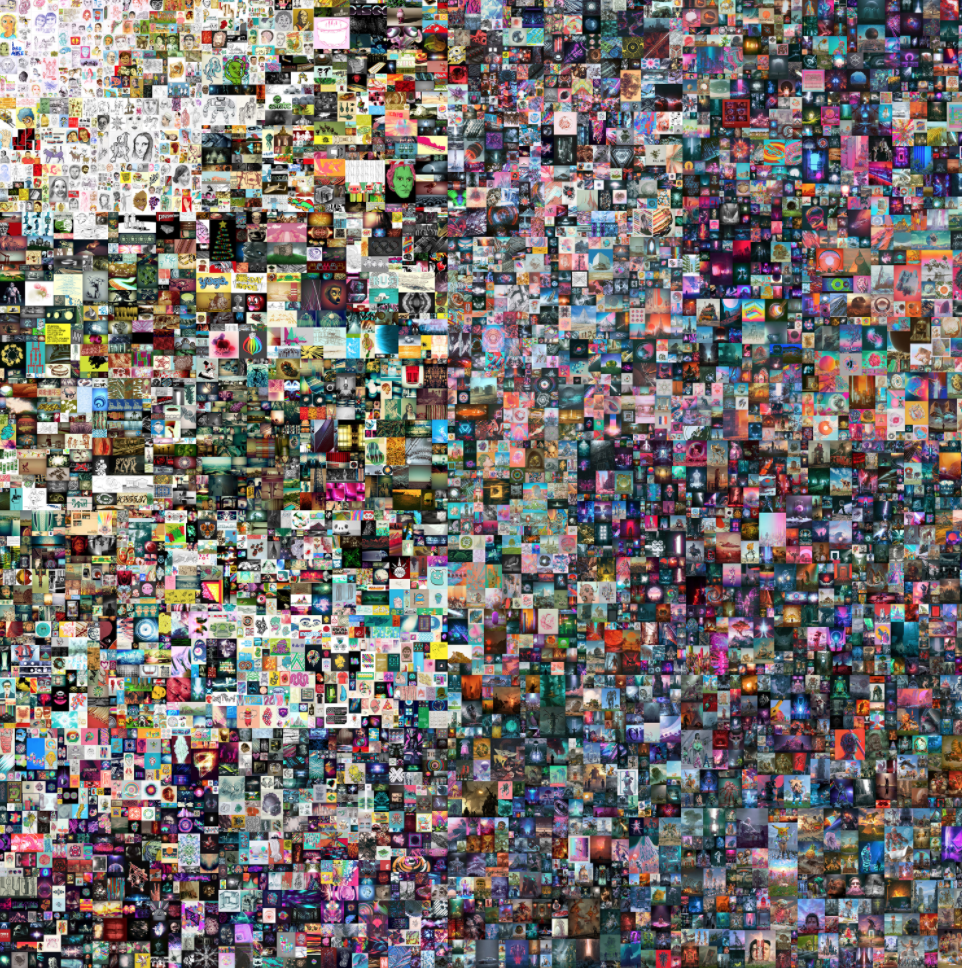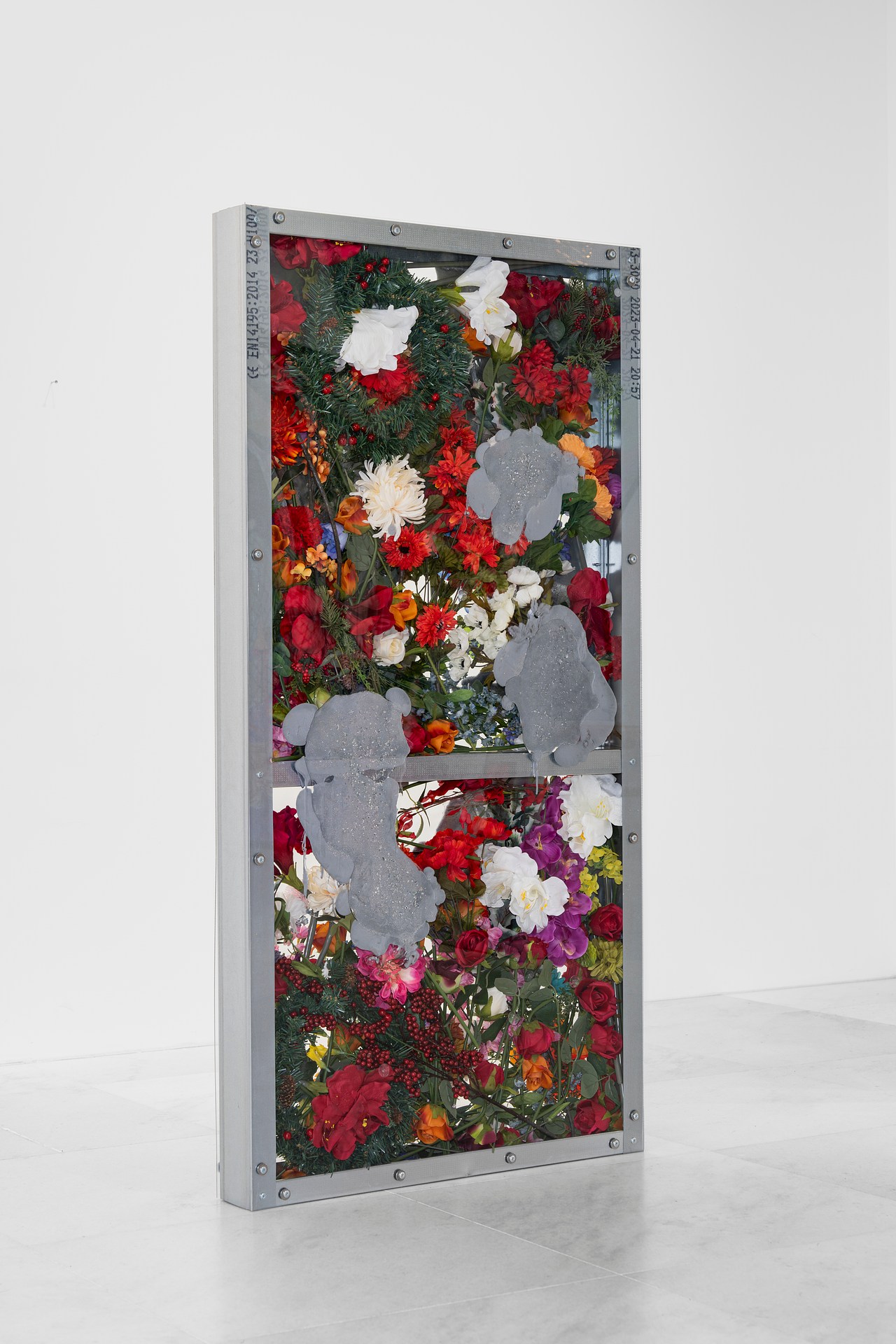Tsumeb Fragments
2015 - Installation (Installation)
variable dimensions
Otobong Nkanga
Tsumeb Fragments was produced for the exhibition at Kadist, “Comot Your Eyes Make I Borrow You Mine” in 2015. In Spring 2015, Nkanga travelled to Namibia, making her way along an almost entirely defunct railway line from Swakopmund to Tsumeb. The artist was intent on reaching The Green Hill in Tsumeb, an area renowned for its minerals, crystals and copper deposits. This hill had been hand-mined by the Ovambo for generations, who took solely what they needed. However, when Namibia became German South West Africa, the colonial regime began to mine The Green Hill industrially, extracting and exporting tones of minerals each year. What Nkanga encountered in Tsumeb was no longer a hill, no longer an active mine, but a dormant hole in the ground. The installation Tsumeb Fragments is born from Nkanga sifting through her memories of Namibia, and the vast amount of material she generated and collected in an attempt to formalize intuitively felt and invisible connections. The modular structure of the tables enables the reconfiguration of the fragments. The mine and its history are presented in their many faces: the image of a monumental hole in the landscape to which the artist dedicates a performance, fragments of stones and debris, archival images collected from the local museum, and the fascinating vision of a floating cluster of copper. The arrangement of the installation challenges the traditional modes of presentation of research-based practices.
Visual artist and performer, Otobong Nkanga’s (b. 1974, Kano, Nigeria) practice weaves together concerns about land, natural resources, architecture and the dynamic status of remembrance. Pivotal to this is examining, representing and altering ideas of geographies, home and displacement. Her multimodal works spans performance, installation, sculpture, drawing, textiles, photography and video. Instead of focusing on the differences between distinct objects and environments, Nkanga focuses on their similarities and connections. For Nkanga, the crucial element of connection is memory, stating: “Memory is not only an autobiographical state, but also an important notion in relation to objects that leave traces”.
Colors:
Related works sharing similar palette

© » KADIST
Cerith Wyn Evans
2008Untitled (Perfect Lovers + 1) by Cerith Wyn Evans takes as its starting point Felix Gonzales-Torres’s seminal work Untitled (Perfect Lovers) , in which two clocks were synchronized and left to run without interference, the implication being that one would stop before the other...

© » KADIST
Fabien Giraud & Raphael Siboni
2018– In which an intelligence going back to its place of origin discovers the agony of gods on which it thrives – Seventh and last episode of The Unmanned , “a flood” is set in 1542 as the first conquistadors enter the land later to be known as the Silicon Valley...

© » KADIST
Gauri Gill
2003Bhanwari and Lichhma from the Balika Mela series by Gauri Gill explores human expression through the medium of photography, bringing questions of agency, the role of photography, and feminism together through its portraits of adolescent girls from rural Rajasthan, India...

© » KADIST
Dale Harding
2018Dale Harding’s installation Body of Objects consists of eleven sculptural works that the artist based on imagery found at sandstone sites across Carnarvon Gorge in Central Queensland...

© » HYPERALLERGIC
National Academy of Design Presents “Sites of Impermanence” Skip to content Willie Cole, “Five Beauties Rising” (2012), suite of five prints, intaglio and relief (courtesy the artist) The National Academy of Design’s new exhibition , Sites of Impermanence , celebrates the contributions of the 2023 Class of National Academicians: Alice Adams, Sanford Biggers, Willie Cole, Torkwase Dyson, Richard Gluckman, Carlos Jiménez, Mel Kendrick, and Sarah Oppenheimer...

© » CONTEMPORARYAND
The Stedelijk x C& Editorial Fellowship Announces First Fellow Wanini Kimemiah | Contemporary And search for something search C& AMÉRICA LATINA EN FR MEMBERSHIP EN FR Editorial All Editorial Features Installation Views Inside the Library Interviews News Opinions Events All Events Art Fairs Conferences Exhibitions Festivals Performances Screenings Talks / Workshops C& Projects C& Artists’ Editions C& Commissions C& Center of Unfinished Business Show me your shelves! C& Education Mentoring Program Critical Writing Workshops Lectures / Seminars Membership Opportunities Print C& Audio Archive On Tour Places Explore IN CONVERSATION INSTALLATION VIEW WE GOT ISSUES DETOX LABORATORY OF SOLIDARITY CONSCIOUS CODES CURRICULUM OF CONNECTIONS LOVE ACTUALLY OVER THE RADAR BLACK CULTURES MATTER INSIDE THE LIBRARY LOOKING BACK Follow About Contact Newsletter Advertise Imprint Data protection Membership Contemporary And (C&) is funded by: Editorial All Editorial Features Installation Views Inside the Library Interviews News Opinions Events All Events Art Fairs Conferences Exhibitions Festivals Performances Screenings Talks / Workshops C& Projects C& Artists’ Editions C& Commissions C& Center of Unfinished Business Show me your shelves! C& Education Mentoring Program Critical Writing Workshops Lectures / Seminars Membership Opportunities Print C& Audio Archive On Tour Places Explore IN CONVERSATION INSTALLATION VIEW WE GOT ISSUES DETOX LABORATORY OF SOLIDARITY CONSCIOUS CODES CURRICULUM OF CONNECTIONS LOVE ACTUALLY OVER THE RADAR BLACK CULTURES MATTER INSIDE THE LIBRARY LOOKING BACK GO TO C& AMÉRICA LATINA About Contact Newsletter Advertise Imprint Data protection Membership News The Stedelijk x C& Editorial Fellowship Announces First Fellow Wanini Kimemiah We are thrilled to announce a new cooperation with Stedelijk Museum Amsterdam: an editorial fellowship...

© » KADIST
Nikita Kadan
2013Ukraine is under tension due to the politics of President lanoukovitch since 2010...

© » KADIST
Robert Zhao Renhui
2014Created during Zhao Renhui’s residency at Kadist SF in 2014, Zhao Renhui began observing and cataloguing insects inspired by the scientific impulse towards exhaustive taxonomy of Sacramento-based Dr...

© » KADIST
Yin-Ju Chen
2016Through a semi-fictional approach, Extrastellar Evaluations envisions a version of history in which alien inhabitants, the Lemurians, lived among humans under the guise of various renowned conceptual and minimal artists in the 1960s (Carl Andre, Mel Bochner, and James Turrell to name a few)...

© » KADIST
Uriel Orlow
2016The series The Memory of Trees is specifically about trees, and what trees have witnessed in South Africa: for example, trees that were used as locations for slave trading, or trees that was during the anti-Apartheid struggle as a kind of identifier for a safe house for activists who were fleeing from security forces...

© » KADIST
Yoan Capote
2007Open Mind is a model created by Capote for a traversable public maze that, when seen from above, resembles the human brain...









